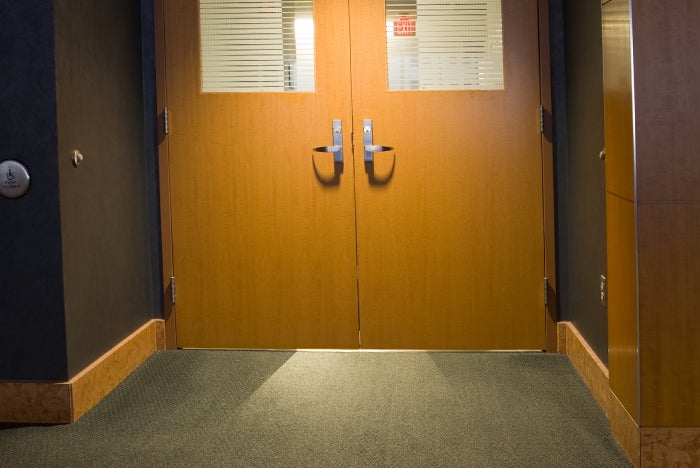The long road to evidence-based codes
Sometimes it takes a long time for research to effect changes in standards. And even when standards are updated to reflect current research, it doesn’t mean practices change.
A prime example of this situation can be found in the humidity requirements for short-term patient care areas, such as operating and endoscopy rooms. The lower limit specified in American Society of Heating, Refrigerating and Air-Conditioning Engineers (ASHRAE) Standard 170, Ventilation of Health Care Facilities, was 30 percent relative humidity (RH) for many years, a number that evidently was based on the belief that this would help prevent infection and static buildup.
However, reaching that level of humidity was a challenge for many hospitals, and some facilities leaders doubted that it was necessary. So, in 2009, ASHRAE’s Standing Standard Project Committee (SSPC) investigated the issue. Its findings are spelled out in the following Advocacy Alert distributed to members of the American Society for Health Care Engineering (ASHE):
“After reviewing these claims, SSPC-170 conducted a literature search and, working with organizational representatives from APIC, CDC, and NIH, found no direct correlation between infections and humidity below 30% RH. The SSPC also looked into the claim made by NFPA 99, Health Care Facilities Code, that a 35% RH must be maintained for fire safety in operating rooms. Again, the literature search did not show any correlation between an RH below 35% and operating room fires. It is the belief of the ASHE staff that the 35% RH is a holdover from the era when flammable anesthetics were used in operating rooms. The proposed 2012 edition of NFPA 99 has eliminated the 35% requirement and refers to ASHRAE Standard 170.”
Based on that recommendation, an addendum to ASHRAE 170 was issued in 2010 that changed that lower standard to 20 percent RH. ASHRAE 170 is incorporated into the National Fire Protection Association’s NFPA 99, Health Care Facilities Code, which the Centers for Medicare & Medicaid Services (CMS) has adopted as its standard.
So, hospitals could start using that standard in 2010, right? Not so fast. CMS was still using the 2000 edition of NFPA 99 at that time and didn’t adopt the 2012 version — which incorporated the humidity changes — as its standard until 2016. So, for six years after the change was made, hospitals could still be cited by CMS if their humidity in those spaces fell below 30 percent.





